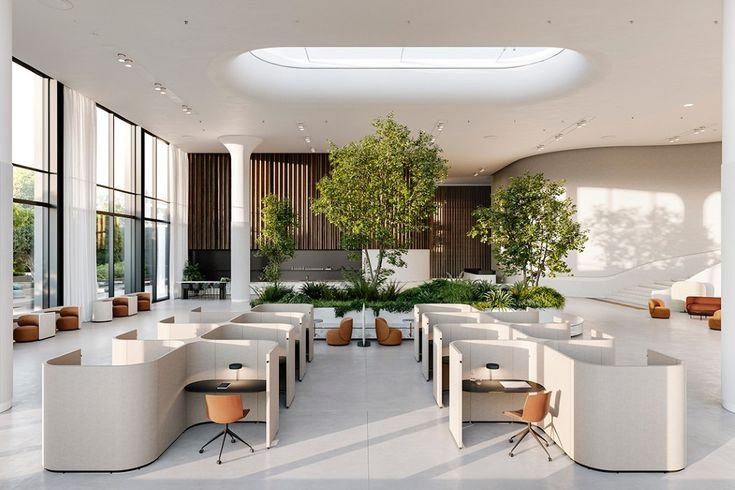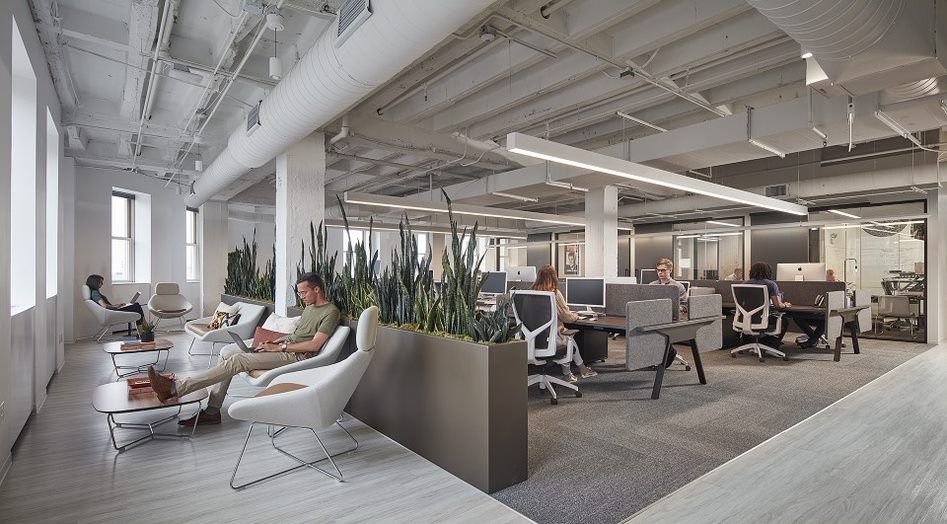
Unraveling the Crucial Role of Office Space Design for Startups
In the dynamic world of startups, success hinges on more than just groundbreaking ideas and hard work. Often overlooked but undeniably vital is the design of the office space where these ideas take root and flourish. The question is, does your CEO truly understand the profound impact that office space design can have on the trajectory of your startup?
Setting the Stage for Success
Picture this: a well-designed workspace is more than a backdrop for daily tasks; it’s a strategic tool that sets the stage for success. From fostering collaboration to enhancing creativity, the layout and aesthetics of your office space can either fuel or hinder the innovative spirit that propels startups forward.
The Collaborative Catalyst
Startups thrive on collaboration. A thoughtfully designed office facilitates seamless communication and idea exchange. Open spaces, communal areas, and strategically placed workstations dissolve physical barriers, encouraging a free flow of ideas among team members. This collaborative environment becomes the breeding ground for innovation, propelling the company towards its goals.
Attracting Top Talent
Beyond the functional aspects, the design of your office space plays a pivotal role in attracting and retaining top talent. A thoughtfully curated workspace reflects a company’s culture and values, making it an attractive prospect for potential employees. In a competitive job market, the right office design can be a differentiator that sets your startup apart.
Nurturing Company Culture
Company culture is the heartbeat of a startup. A well-designed office becomes an embodiment of your company’s ethos. It reinforces your values, boosts employee morale, and creates a sense of belonging. It’s the tangible expression of the intangible elements that make your startup unique.
Boosting Productivity and Well-being
A conducive work environment directly impacts productivity and employee well-being. Natural light, ergonomic furniture, and designated spaces for relaxation all contribute to a positive atmosphere. When employees feel comfortable and supported by their surroundings, their performance and job satisfaction soar.
Does Your CEO Know?
The bottom line is, does your CEO truly grasp the importance of office space design in the grand scheme of your startup’s journey? It’s not merely about aesthetics but about creating an environment that fuels innovation, attracts talent, and fosters a culture of success.
In the fast-paced startup landscape, the significance of office design is undeniable. So, does your CEO know? It might just be the key to unlocking the full potential of your startup and propelling it to new heights.

